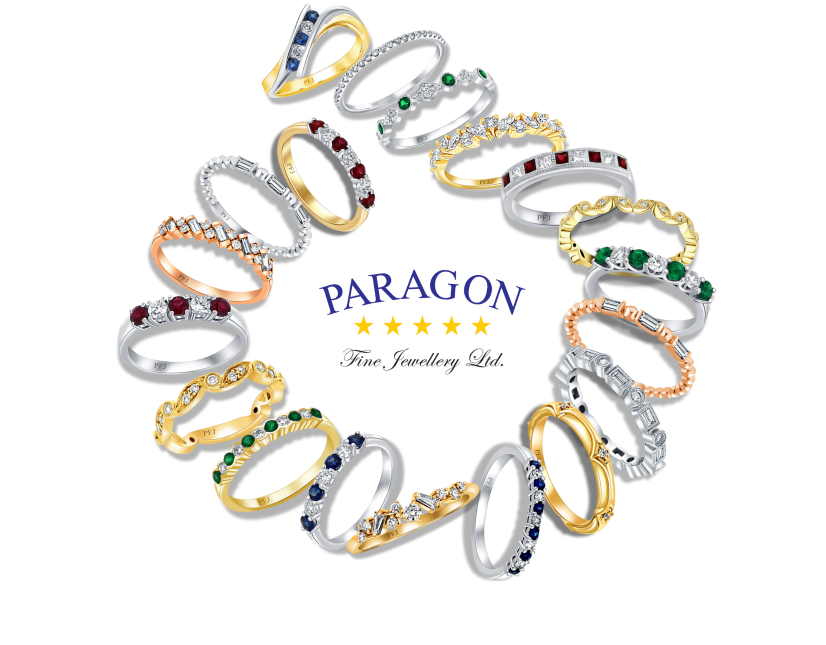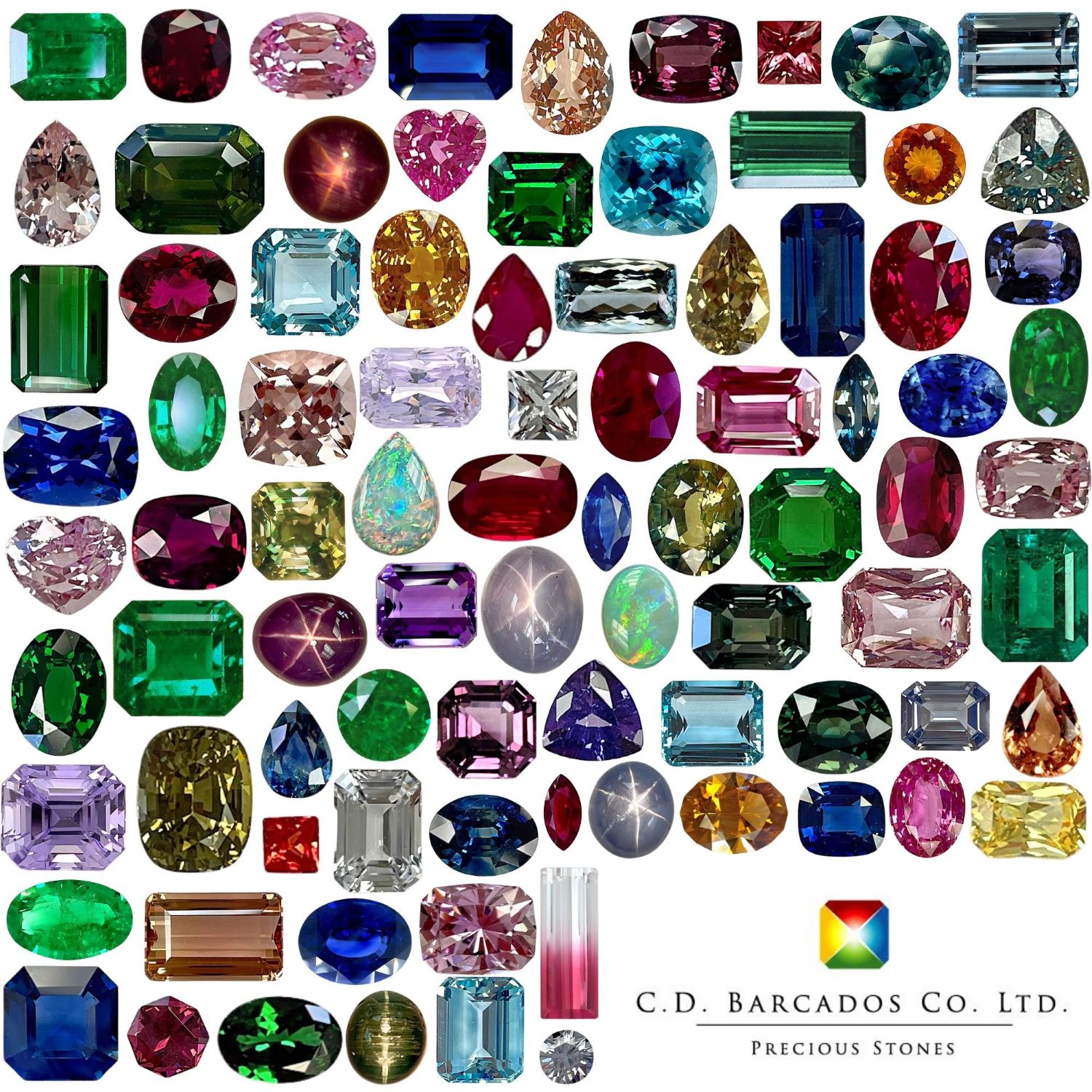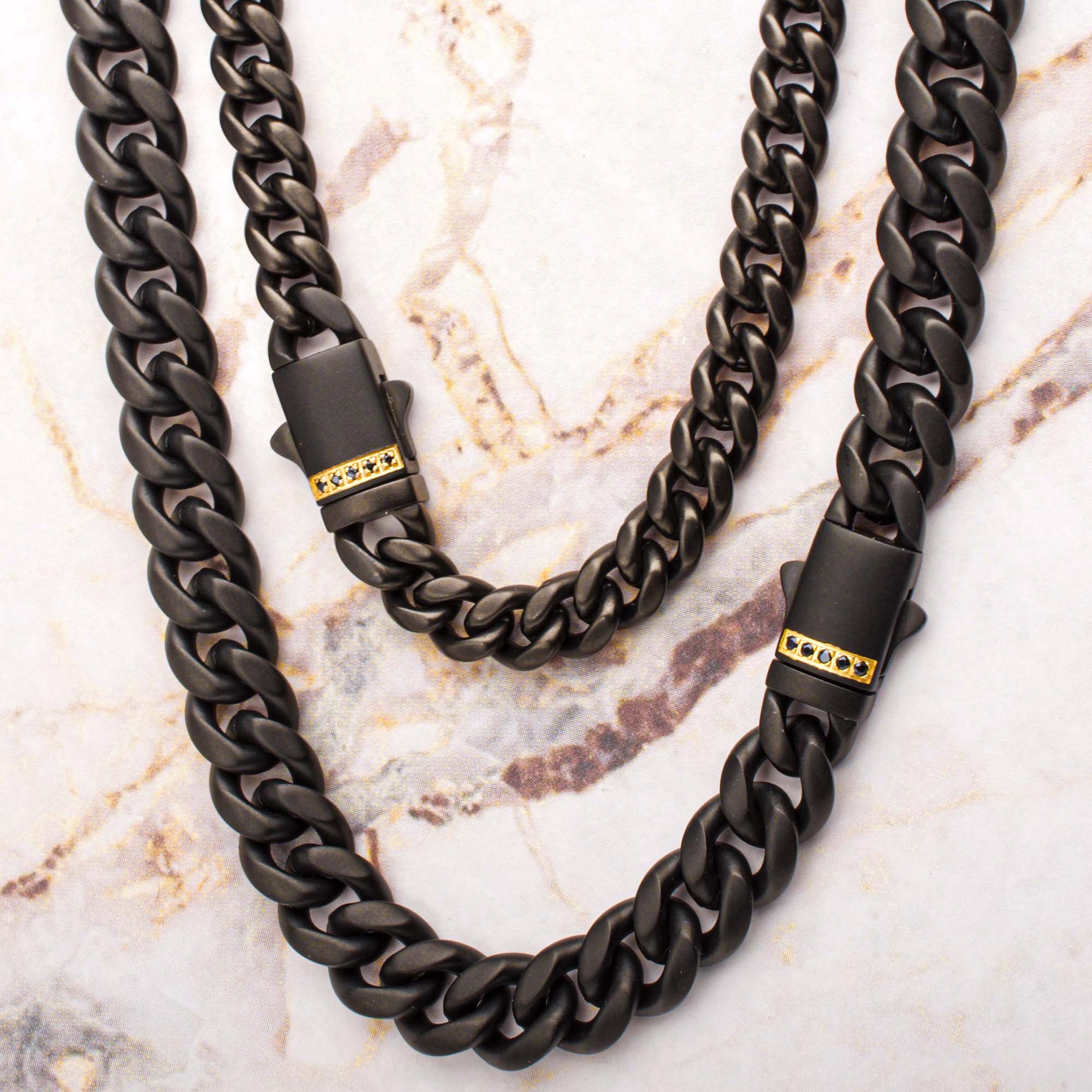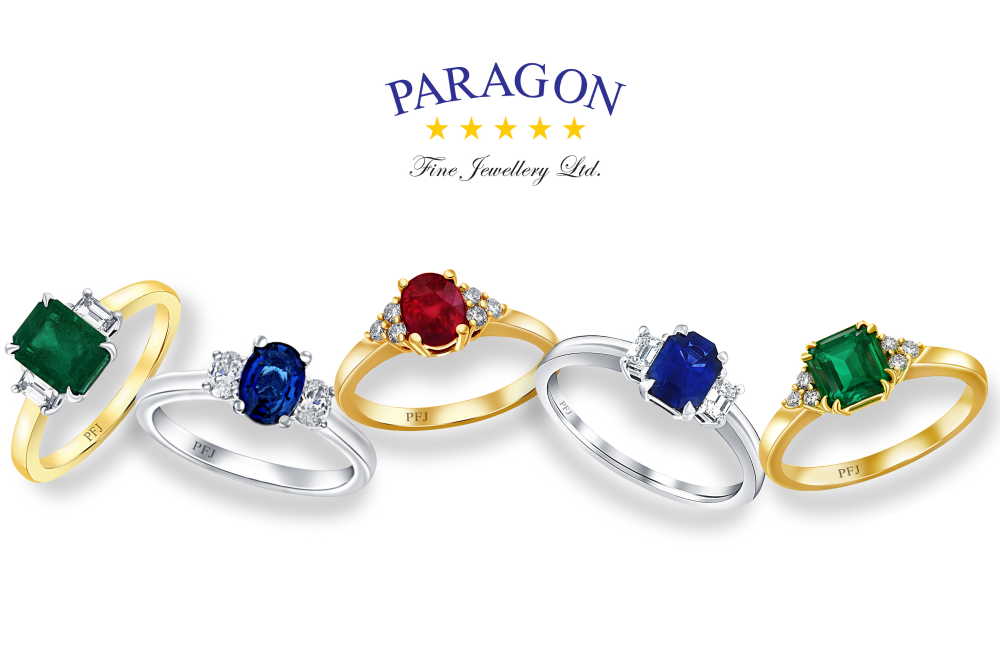Totally turquoise: A refresher on this semi-precious stone
Imitations abound
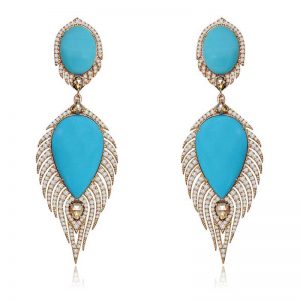
Due to its distinctive signature colour, turquoise was one of the first gems to be simulated. It is often treated or imitated in an attempt to replicate the beautiful colour without the expense of purchasing genuine natural, untreated turquoise. Turquoise can be one of the most difficult gemstones to correctly identify, as it has so many different manifestations due to its ability to be treated and the many imitations that exist. Treatment or imitation can occur in several different ways.
Turquoise itself can be waxed and/or oiled, colour-enhanced with dye, stabilized, re-constituted, or diffused. Even in this day and age of supposed business responsibility, turquoise dealers sometimes submerge their product in water to add weight and colour to rough they are trying to sell. There also exist several minerals that, when dyed, can pass for a plausible turquoise simulant. Waxed and/or oiled turquoise is considered an acceptable trade practice and may help stabilize more porous turquoise. Waxed turquoise can sometimes be detected by holding the tip of a heated pin next to the stone. The heat makes the wax bead up on the stone’s surface. Dyed turquoise is not an accepted trade practice and can often be detected by looking for slight chips along the girdle plane of a cut stone, where the lighter body colour of the original material may be revealed.
Frenchman Pierre Gilson produced the first synthetic turquoise in 1972. ‘Synthetic’ is a designation for a material with the exact same optical, physical, and chemical properties of the natural material, but is grown in a laboratory and produced by man. A lot of this early turquoise synthesis resembled American-type turquoise, rather than the more translucent Persian turquoise.
It has not gained widespread use, as cheaper forms of turquoise simulation exist and are easier to produce. Microscopic examination of this material is crucial to identification. Very small dark-blue spheres are encircled by white groundmass under moderate magnification—this diagnostic appearance is termed ‘cream of wheat.’

